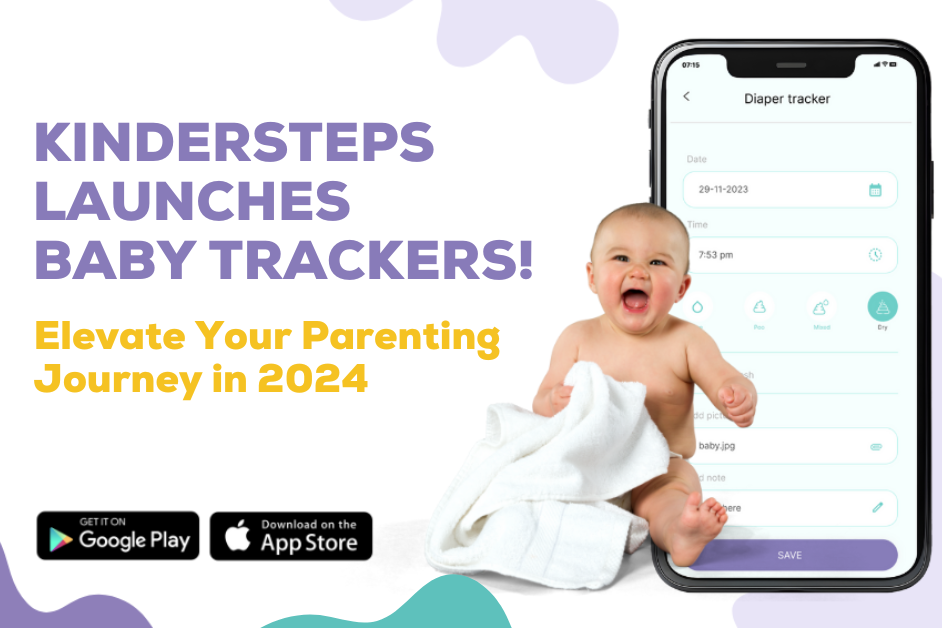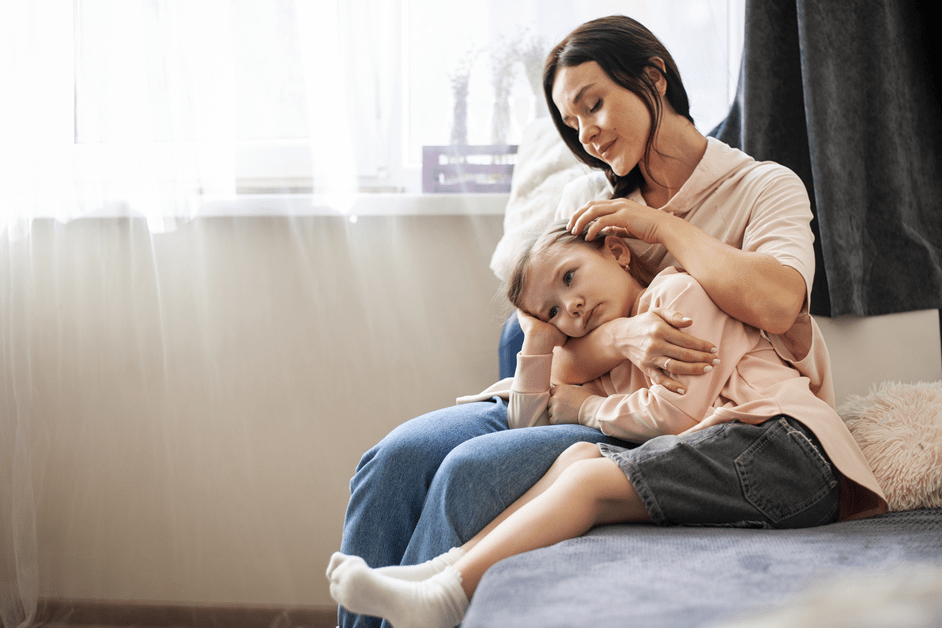For new parents, swaddling likely has been a reliable tool for ensuring your baby sleeps peacefully. The gentle, snug wrapping of a swaddle replicates the comforting environment of the womb, providing a sense of security that calms your little one through the night.
But, as with many aspects of parenting, there comes a moment when it’s time to bid farewell to swaddling. In this comprehensive guide, we’ll delve into the world of swaddling, explore when to stop, and offer guidance on how to make the transition as smooth as possible.
What is swaddling?
Swaddling is an ancient practice that involves wrapping your baby snuggly in a blanket or cloth. This time-honored technique helps your newborn adjust to life outside the womb by providing a sense of security and warmth. Additionally, it aids in controlling sudden arm and leg movements that may disturb their sleep, thereby promoting better rest for both your baby and yourself.
How do I determine when it's time to stop swaddling?
Recognizing when to cease swaddling is vital for your baby's safety and growth. Look out for these telltale signs:
Rolling over: Around the age of two months, your baby may start attempting to roll over. Even if they don't fully succeed until a few months later, it's advisable to discontinue swaddling before they reach this milestone. Swaddling can impede their ability to roll, potentially leading to safety hazards.
Increased mobility: As your baby grows and becomes more active, their increasing mobility brings about changes in their behavior. You'll notice them kicking and moving their legs with greater frequency, indicating a desire for more freedom of movement. This increased activity level can make swaddling less comfortable and potentially lead to frustration for your little one.
Arm freedom preference: Many babies start showing a preference for sleeping with their arms free. If your baby fusses and tries to break free from the swaddle, it’s a clear sign that they’re ready for more movement and freedom.
Outgrown age bracket: While every baby is unique, swaddling is generally recommended for the first two to four months of life. After this period, the benefits of swaddling decrease compared to the potential risks.
Are you ready to transition out of swaddling?
Stepping away from swaddling doesn’t have to feel daunting. Simply follow these steps:
Gradually unwrap: Ease the transition by starting with one arm out of the swaddle while keeping the other arm securely wrapped. This gradual approach allows your baby to experience increased freedom of movement while still feeling the comforting embrace of the swaddle.
Embrace both arms free: Once your baby has adjusted to having one arm out, progress to swaddling with both arms free. This step encourages further mobility and helps your baby get accustomed to sleeping without the restriction of swaddling.
Transition to swaddle-free sleep: When your baby is comfortable with both arms free, it's time to eliminate the swaddle altogether. Ensure your baby stays warm and secure by wrapping them snugly in a sleep sack or wearable blanket.
Explore sleep sacks: Consider transitioning to a sleep sack, which combines the snugness of a swaddle with the freedom of movement. These products provide security without the risk of coming loose during sleep. However, keep in mind to transition out of the sleep sack as your baby grows and becomes more mobile.
Monitor for readiness: Pay attention to your baby's cues and readiness for each stage of the transition. Every baby is different, so adjust the pace of the transition based on your baby's comfort and response.
How do I get my baby to sleep without being swaddled?
Transitioning your baby to sleep without being swaddled can be a gradual process that requires patience and consistency. Here are some tips to help your little one sleep peacefully without the comforting swaddle:
Use a gradual transition approach: If your baby is accustomed to the swaddle, try gradually decreasing the tightness of the swaddle over several nights until they are used to having their arms free.
Create a cozy sleep environment: Ensure your baby’s sleep space is comfortable and safe. Use a firm mattress with a fitted sheet and keep the room at a comfortable temperature. A cozy sleep environment can help your baby feel secure.
Offer a transitional object: Introduce a soft, breathable lovey, or security blanket. These items can provide comfort and a sense of security, helping your baby feel less reliant on the swaddle.
Establish a bedtime routine: Develop a consistent bedtime routine that includes calming activities like a warm bath, gentle lullabies, or a soothing bedtime story. A predictable routine signals to your baby that it’s time to sleep.
Use white noise: White noise machines or apps can mimic the comforting sounds your baby heard in the womb, helping them relax and fall asleep without the need for swaddling.
Try swaddle alternatives: Consider using sleep sacks or wearable blankets as an alternative to traditional swaddling. These provide warmth and security while allowing more freedom of movement for your baby.
Offer gentle comfort: If your baby wakes up in the middle of the night, offer gentle comfort by patting, shushing, or offering a pacifier to help them settle back to sleep.
Practice tummy time: Encourage tummy time during awake hours to help strengthen your baby’s neck and upper body muscles. This can improve their ability to self-soothe and sleep comfortably on their back without swaddling.
Stay consistent: Consistency is key when transitioning away from swaddling. Stick to your chosen method and give your baby time to adjust. It may take a few nights for them to adapt to sleeping without the swaddle.
Consult your pediatrician: If you encounter challenges in getting your baby to sleep without swaddling, Don’t hesitate to consult your pediatrician. They can provide guidance and address any specific concerns you may have.
Swaddling is a timeless practice that has brought comfort and security to newborns for generations. While it provides numerous benefits for soothing and calming babies, it's essential to recognize when the time comes to transition away from swaddling. By understanding your baby's cues and readiness for change, you can ensure their safety and promote healthy development as they grow. Remember, every child is unique, so trust your instincts and seek guidance from trusted resources like Kindersteps to navigate this important milestone with confidence.
Kindersteps - Your parenting companion comes with over 1500 activities, daily tips, and personalized guidance curated for children aged 0-5. It is dedicated to supporting you in nurturing your child's growth and making your parenting journey more joyful and fulfilling. Download our free app for iOS and Android today, and let's embark on this incredible journey together!





.jpg?alt=media&token=166b64a9-274c-400c-95e4-baf0013e7e43)

